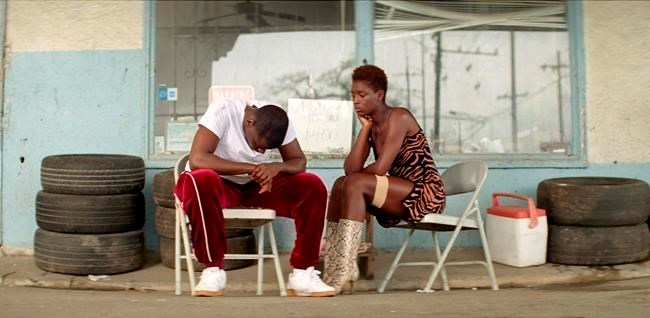NEW YORK — As Hollywood searches for a response to the reckoning brought on by the death of George Floyd and the Academy Awards move to make Oscar nominees more inclusive, a new study captures how the film industry has improved in diversity and how it still lags.
In the most popular films of 2019, protagonists were more diverse than ever, and there were more women were behind the camera. But in many other areas — speaking roles, behind-the-scenes jobs, LGBTQ representation, parts for people with disability — Hollywood remains far from reflecting the makeup of its American audiences, according to the latest report by the Inclusion Initiative at the USC Annenberg School for Communication and Journalism.
“There is a bright spot or two in this report, but the backdrop to that is really problematic,” said Stacy L. Smith, director of the Inclusion Initiative in an interview. “It reflects a lack of seriousness, some ambivalence and apathy on the part of the creative community and the inability of different companies to really set in place policies and procedures that would change the status quo.”
“The data don't reflect an overall ecosystem shift,” Smith added.
For the past 13 years, the USC researchers have tracked Hollywood's progress, or lack thereof, in equity of on-screen roles and those off-camera. Over that time, there have been some marked improvements. Last year in the top 100 films at the box office, 32 featured leads from underrepresented groups, an increase of five from 2018. In 2007, it was 13. Twelve of the top 100 films were directed by woman, four times the number of 2007 and more than twice the five films of 2018. There were 43 films with a woman or girl in a leading role, an increase of four from the year before and more than double that of 2007.
Those figures show definite progress, but still fall short of representing overall demographics. Digging further into the data reveals only larger blind spots. Just three of 2019's top films had a protagonist played by a woman aged 45 or older; one was played by a woman of
Many films went without roles from underrepresented groups entirely. There were no Hispanic speaking characters in 44 of the films; no speaking African Americans in 15 of them; and no speaking Asian characters in 36 movies.
Female speaking characters have only marginally increased over the last 13 years, reaching 34% in 2019. For every woman talking on screen, there's nearly two men. People of
“The chart really reveals that there isn't a procedure in place to counter bias in decision making,” said Smith. “That's really what's most necessary as a way forward particularly in the moment of racial justice that we're in as a country.”
The study sheds light on the film industry's inclusivity while the Academy of Motion Pictures Arts and Sciences is taking more sweeping steps than it has before to encourage the industry. The academy this week announced new rules to mandate a certain level of diversity in nominated films and at the studios behind them. Smith, among others, has criticized those criteria as not rigorous enough. All but five of the top 100 films of 2019 would meet the Oscars' standard of on-screen representation.
“I wish they would have gone further because it's more business as usual rather than we need to push the industry to think more critically about who they hire.”
Some companies have been more proactive. Half of Universal Pictures' 2019 releases, which included “Us,” “Queen & Slim” and “Ma,” starred female protagonists. The studio, the lone major studio headed by a woman in Donna Langley, also led in female directors, writers and producers, as well as lead roles from underrepresented groups. The Walt Disney Co., which dominated the box office in 2019, accounted for arguably the largest impact with diversely cast blockbusters like “The Lion King,” “Aladdin” and “Star Wars: The Rise of Skywalker.”
Netflix, which only releases its films in brief theatrical runs fell outside the study’s scope, but still drew Smith's praise for “ushering in a different reality” by hiring female directors at a pace far above that of the studios over the past decade.
Other companies have reorganized at the top. MGM this summer revamped Orion Pictures as a hub for diverse moviemaking with producer Alana Mayo (formerly head of Michael B. Jordan's production company) as its president.
“That represents what we need to see,” said Smith. "That reflects exactly what needs to be observed quickly if we're going to see 2021 or 2022 look different than this 2019 report.”
A study on 2020, Smith acknowledged, isn't likely possible since the box office was shuttered for much of the year and most major releases have been postponed.
___
Follow AP Film Writer Jake Coyle on Twitter at: http://twitter.com/jakecoyleAP
Jake Coyle, The Associated Press



